New Lost Rail golf course in Nebraska nears grand opening
The new Lost Rail golf course designed and developed by Scott Hoffman will become the first new private course in Omaha, Nebraska, for 25 years, when it opens in early September.
Hoffman wanted to create a golf-only club with a small membership and in 2019 contacted Landscapes Unlimited owner Bill Kubly to help kickstart the development. Kubly shared Hoffman’s vision that a pure golf club could be a success in Omaha, and construction began in 2020.
“The pure golf concept is what originally excited me when Scott approached me back in 2019,” said Kubly. “We all wanted a core golf experience for players who really loved to play. We didn’t have interest or space for swimming pools, tennis courts, wedding receptions or corporate outings. We certainly didn’t have room for housing, aside from a few cabins. Lost Rail has exceeded my hopes in that regard. We focused on building a cohesive, special experience and we’ve preserved the character of the original land, which was a big emphasis.”
Tim Halpine, general manager at Lost Rail, said: “When I first heard the details of the project, I knew it would succeed. The concept of a small membership golf club was perfect. The Omaha market doesn’t have anything like it. Especially considering the stunning views. It’s an old cow pasture and it has a western Nebraska ranch feel to it. But I probably underestimated just how good the actual golf course would be.”
Read more: GCA reported on the project and site in February 2021.
“The land here has some really extraordinary qualities, starting with the long views of the river valley – especially at sunset – and changing environments,” said Hoffman. “Combine that with the large amounts of bentgrass, the tight connections from green to tee, the movement in the fairways, the elevation change and scale, the final three-hole loop, it’s a unique experience.
“In my opinion, most great courses are either really hard, or they look really hard. Lost Rail is the latter. There are so many dramatic shots over ravines and bunkers, but there’s more room to miss than it looks. For instance, the approach on the seventeenth hole is to a green hanging on the edge of a sharp drop-off with deep bunkers and a very deep foreshortened bunker. It looks like you have to carry over all that trouble and hope you don’t slightly tug it left, but the best play is actually just right of the green where you can use the heavily canted bentgrass fairway to propel the ball toward the green. You can use the ground to avoid the trouble. A recurring theme at Lost Rail.”
Hoffman enjoys the property’s variety. From the ridge where the clubhouse sits, there are 20-mile views to the west. Almost half the site is rolling pasture dotted with mature trees, while about one-quarter is open farmland with long views, and the final quarter being dense trees and deep ravines.
“We can definitely challenge the elite players,” said Hoffman. “Some of the par fours are extremely long from the tips – on the scorecard we call them ‘Off the Rails’. But the unusually wide landing fairways – 50 to 70 yards – will help everyone enjoy the course. Even mid-handicappers can score when they’re hitting approach shots from shortgrass. That width allows us to get creative with angles and sightlines.
“Let’s use the second hole tees as an example. A tee shot hit down the right side with fade spin will hit into the hill that somewhat deadens the bounce, leaving a much longer approach than a draw hitting in that exact same spot. The difference could be 50 yards. But if you take that same fade and hit it down the left flatter side of the fairway, it will bounce forward while a draw landing in that same spot will end up in the rough. Line and shot shape are a huge part of the strategy, instead of a more traditional strategy of avoiding fairway bunkers. The fairway width and slope allow us to test highly skilled players while giving less-skilled players a chance to play out of shortgrass.
“It’s one of those courses that should get more interesting the more you play it.”
Halpine describes Hoffman as “the visionary of Lost Rail”, with the architect being on site at least 60 hours a week, every week, throughout the project. Hoffman, an Omaha native, is also a part-owner of the club.
“We want Lost Rail to play firm and fast, and the terrain has enabled us to create significant contour in the fairways,” said Hoffman. “Balls will bounce, deflect and roll, sometimes even sideways. There will be some long runouts in the fairways depending on shot shape and flight trajectory. You can hit it low and run it into almost any green, especially the long par fours. At least ten or eleven greens are wide open in the front. Nebraska has a lot of wind, so it was important to plan accordingly in designing the course.”
Halpine adds: “The beauty and variety of the land from one hole to the next is hard to describe. Going from the ninth to the twelfth, for instance, feels like a completely different part of the country. That just makes every shot so distinctive.”
Lost Rail has significant variety in green sizes, shapes and slopes. One of the two greens on the seventh, for example, is just under 2,000 square feet, while the sixth green is 12,000 square feet.
“The greens are definitely not flat,” said Hoffman. “There are only severe in smaller areas, depending on the size of each green. The short holes generally have more movement, demanding more precise shots to have birdie opportunities. The longer holes tend to have more exterior slopes you can use to work the ball into the green, thus softening the difficulty.
“The site features a lot of elevation and terrain change, but we worked hard to make sure it doesn’t go down-up, down-up like a lot of classic parkland courses. We only have one hole with an uphill approach shot of more than 10 feet and that’s the par-five eighteenth. The last 250 yards rises about 30 feet.”
The golf course site is just a few miles from the original Transcontinental Railroad, which was built in the 1860s. Railroads were critical to Nebraska’s settlement and development. In 1914, at the urging of Omaha businessmen, Burlington began construction on a 12-mile shortcut connecting the city to Burlington’s main north-south line. The project was abandoned after the First World War and largely disassembled in 1926, but workers left a 10-foot-high railbed that crosses about 500 yards of the Lost Rail property. “That railbed runs through the lower, wooded part of the property, crossing over and along some 40-foot-deep ravines,” said Hoffman. “The railroad bed is not just visually prominent; it’s incorporated into the design. Holes five and eight are par threes that utilise the railbed in different ways. The fifth almost plays through a slot in the old railroad bed that collapsed many years ago. At the bottom of the ravine, you’ll see a large broken culvert with an engraved date — 1914. On the eighth, the back third of the green actually sits on the old bed, where the railroad went from a fill just left of the green to a cut just right of the green. It’s a green setting unlike any that I know of.”
Kubly adds: “Nebraska has earned a reputation around the world for spectacular golf and, hole for hole, Lost Rail absolutely belongs in the same class. But it’s also different because of the variety and its proximity to a major population area. You feel like you’re five hours from Omaha, but you’re actually about five minutes. We wanted to bring ‘destination golf’ to the edge of the city. That’s what Lost Rail does.”
In addition to the 18-hole course, Hoffman has designed a seven-hole short course. While the average green size on the Lost Rail course will be 6,500 square feet, the seven-hole course’s will be around 1,700 square feet. Holes will play as short as 60 yards, with the fourth requiring a blind pitch into a bowl-shaped green.
“Short courses have really gained in popularity,” said Halpine. “And this will be one of the best out there. It’s a seven-hole, out-and-back loop, with three double greens – and one single… the fourth. Right down the hill from the clubhouse, members will be able to grab a couple clubs and finish in 30-45 minutes. Holes range from 60 to 110 yards. The first, roughly 100 yards long, drops about 40 feet and points directly at the Elkhorn River. It might be the best view on the whole property. Scott recognised that to make a short course fun, it should be really challenging. The holes are short, but the greens have much more contour than the regular course.
“Lost Rail will evolve like any club, but there’s a really solid foundation here. We had more than 100 members before we even broke ground, and we were sold out – approximately 250 individuals – eight months before opening day. The ownership group recognises how special Lost Rail can be, and they’ve made sure everything is done with the highest quality.”
| Slideshow HTML |
-
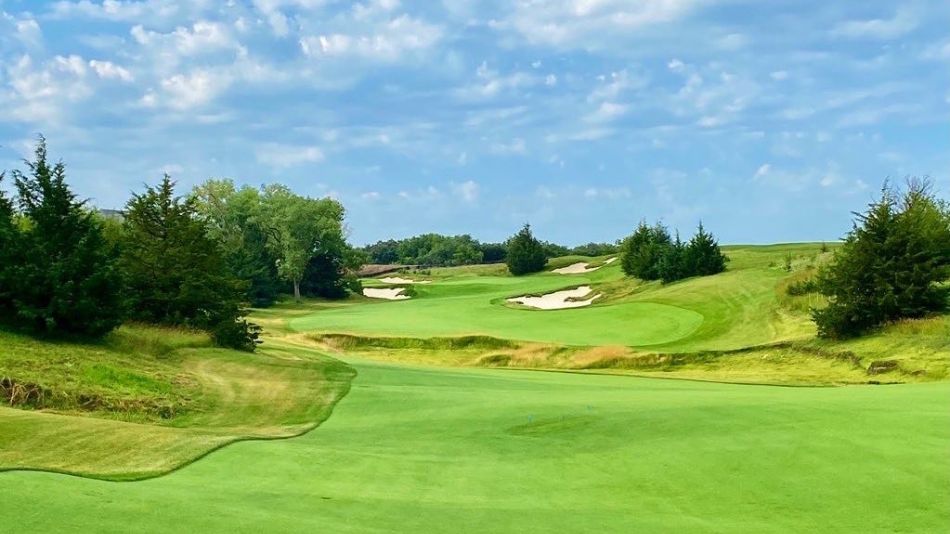
Lost Rail Golf Club
The new Lost Rail golf course designed by Scott Hoffman in Omaha, Nebraska, will open for play by early September (par-five eighteenth, pictured)
-
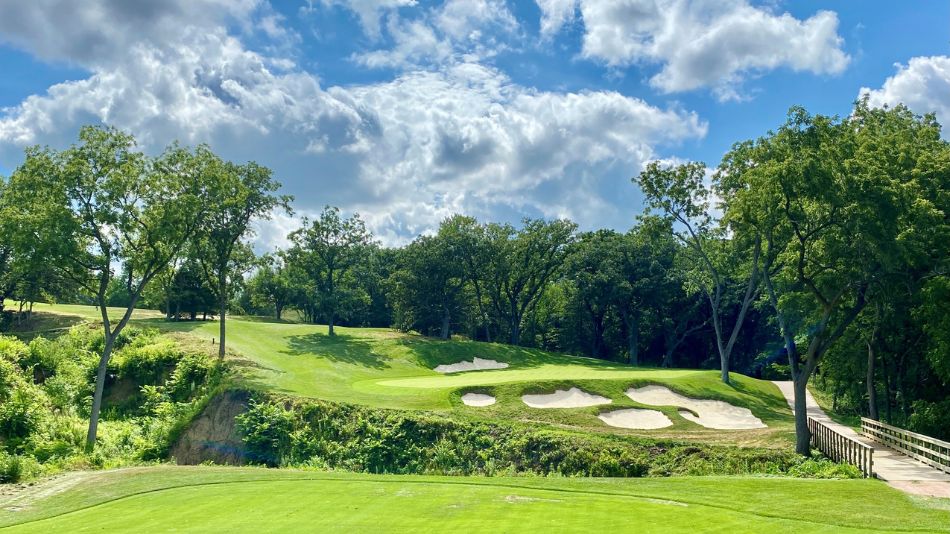
Lost Rail Golf Club
-
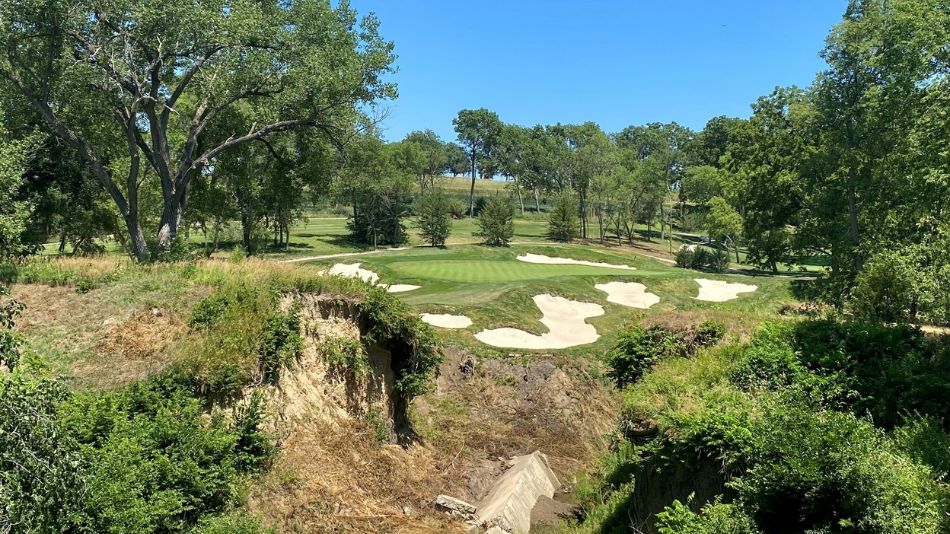
Lost Rail Golf Club
“There are so many dramatic shots over ravines and bunkers,” says Hoffman
-
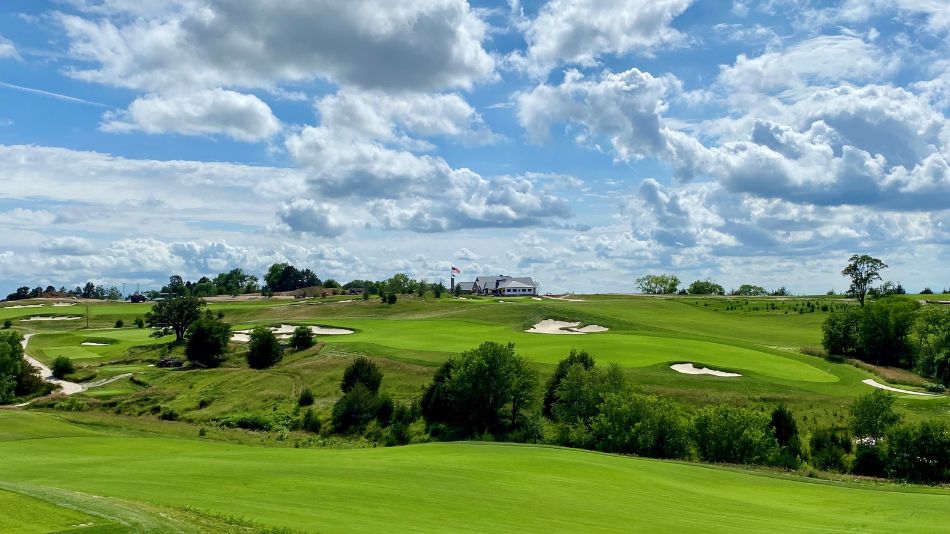
Lost Rail Golf Club
All fairways have landing areas that are around 50 to 70 yards wide
-
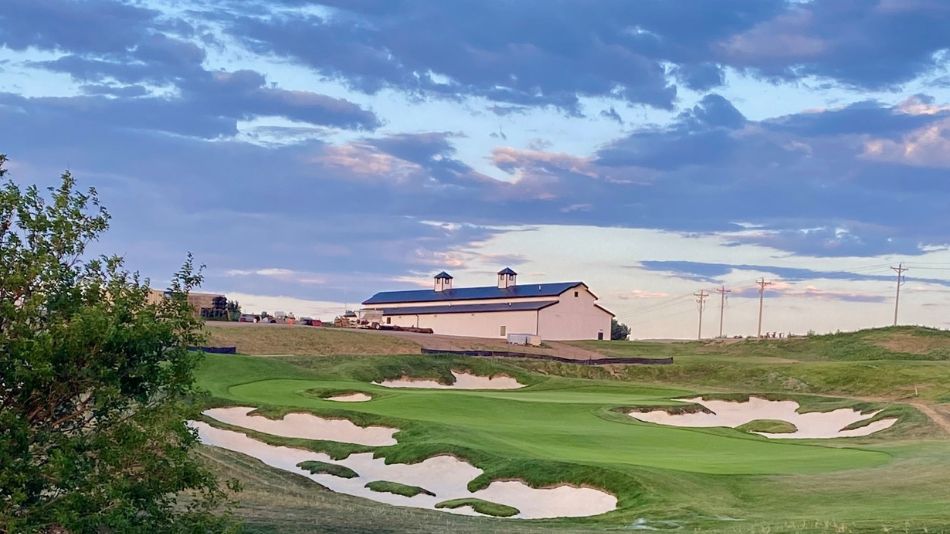
Lost Rail Golf Club
Dramatic bunkering on the par-three fourteenth hole
-
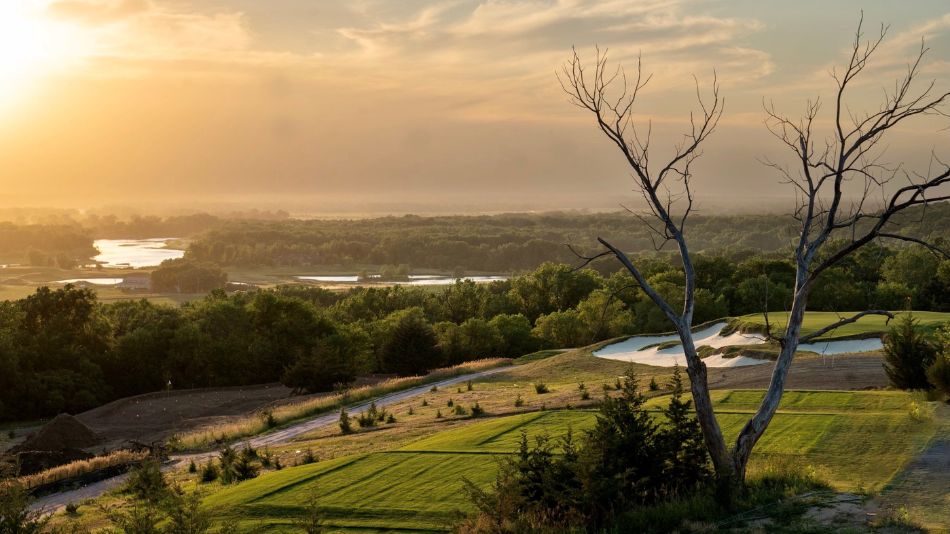
Lost Rail Golf Club
“The land here has some really extraordinary qualities, starting with the long views of the river valley – especially at sunset,” says Hoffman (par-three sixteenth, pictured)
|
| ADd Image Credit here for home page | Lost Rail Golf Club |